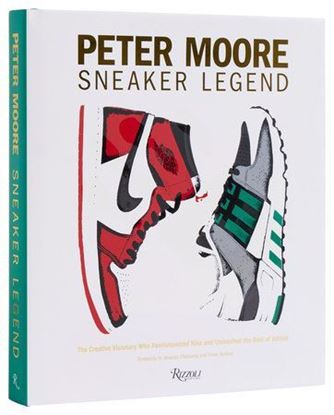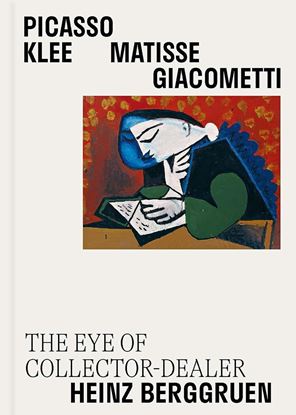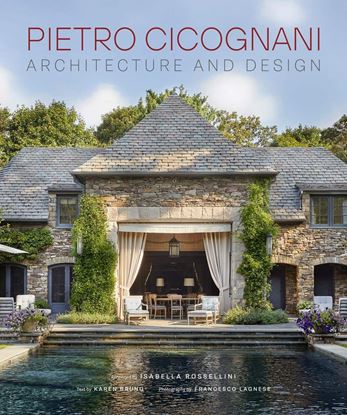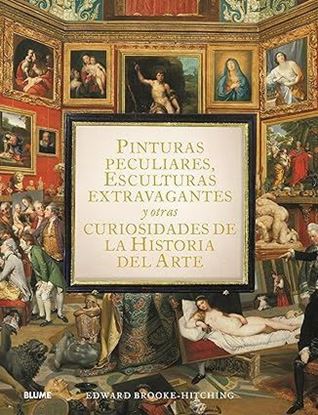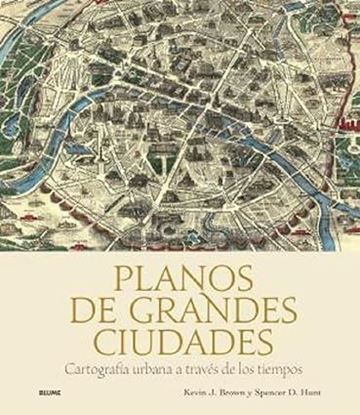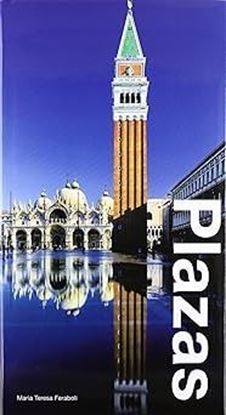

PETER MOORE: SNEAKER LEGEND
A tribute to the visionary designer whose creative brilliance left an indelible mark on the world of sneakers, athletic wear and the sports industry, uniquely becoming one of the most influential and celebrated creative directors of both Adidas and Nike.
The book reveals for the first time the inside story behind the creation of the Air Jordan 1, the sneaker that lives at the heart of modern streetwear culture, the much loved ‘Wings’ and ‘Jumpman’ logos, the groundbreaking Adidas Equipment and Originals lines, and the iconic Adidas ‘Performance’ logo. Included in this book are Moore’s early designs, concept sketches, revolutionary advertising campaigns and personal artworks. His creative path from his early days as a graphic design student to eventually reshaping both Nike and Adidas is an inspirational guide for the trailblazers of modern streetwear culture. His unyielding genius and influence finally receiving their due recognition within the pages of this book.
3,995
PICASSO, KLEE, MATISSE, GIACOMETTI
Berggruen’s collection with more than one hundred masterpieces is a spectacular tribute to the foresight of this major player in the Paris art market during the second half of the twentieth century. Born into a Jewish family in Berlin in 1914, he went into exile in California on the eve of World War II. He became art critic for the San Francisco Chronicle and assistant to the director of the San Francisco MoMA. After the war, Berggruen returned to Europe, first to Munich as a journalist, then to Paris where he worked at the UNESCO headquarters before becoming an art dealer specialized in the graphic arts of modern artists. He quickly established contacts within the Parisian cultural scene, meeting both the artists he would represent and the poets, dealers, historians, critics, and collectors of the day. Guided by his personal tastes, he built a solid collection of twentieth-century works now housed at the Neue Nationalgalerie Berlin spanning the careers of Pablo Picasso and Paul Klee and including Henri Matisse’s collages and Alberto Giacometti’s sculptures. The vast ensemble was exhibited at the Orangerie in 2024 and is housed in the Berggruen Museum/Neue Nationalgalerie Berlin.
2,800
PIETRO CICOGNANI ARCHITECTURE AND DESIGN
For 30 years, Italian-born Pietro Cicognani has been designing highly customized and exquisitely crafted country houses, city apartments, outbuildings, pool houses, and even garden plans for an A-list clientele. In the first monograph of his work, some 20 of his notable projects are featured, including a converted barn complex on Long Island, a sprawling estate in upstate New York, a chic minimalist town house in Manhattan, and a romantic seaside house and elaborate garden in the Hamptons. Whether new construction or gut renovation, each project is designed in collaboration with the finest artisans, craftspeople, and exceptional interior designers. Illustrated with photographs by Francesco Lagnese, as well as site and floor plans and drawings, the book includes a foreword by Isabella Rossellini, whose country home Cicognani designed.
4,800
PINTURAS PECULIARES, ESCULTURAS EXTRAVAG
El enigma de la Mona Lisa desnuda, El artista que pintó el fondo marino, Los ángeles mosqueteros del Nuevo Mundo, Los misteriosos retratos de hombres en llamas o La legión de hombres lobo del Ejército romano: una estrafalaria exploración de la vertiente más curiosa del arte, con pinturas, esculturas, dibujos y otras rarezas artísticas extrañas. Una exposición única que reúne más de cien obras magníficas, elegidas por su sorprendente belleza, su rareza y la cautivadora historia que hay detrás de su creación. Tesoros oscuros y olvidados conviven con obras maestras muy conocidas, y todos tienen historias secretas que contar. Las páginas de este libro acogen frescos medievales sobre el Juicio Final, esculturas que gritan, manuscritos mágicos, arquitectura imposible, santos con cabeza de perro y el primer retrato de un caníbal. Arte robado, arte marginal, arte fantasma, arte de venganza y arte pintado en el fondo del mar junto a muestras de arte escandaloso, falsificaciones y engaños, arte de sueños y pesadillas, y pinturas crípticas todavía por descifrar.
1,995
PLANOS DE GRANDES CIUDADES. CARTOGRAFIA
Conozca el desarrollo de distintas ciudades a lo largo del tiempo a través de una progresión de estilos cartográficos para obtener una visión sorprendente de nuestra propia evolución humana como seres sociales colectivos. Al reunir planos de varias culturas dispares, incluidas las de Asia Oriental y Oriente Medio, sigue el desarrollo de la urbe desde los centros europeos hasta las ciudades coloniales, y desde las capitales del Viejo Mundo, construidas orgánicamente, hasta las metrópolis del Nuevo Mundo, planificadas de una forma rígida. Cada plano va acompañado de una descripción que lo ubica en su contexto histórico, político, social y económico. Al igual que todos los aspectos de la sociedad humana, los planos de las ciudades han cambiado y evolucionado a lo largo del tiempo. Partiendo de los inicios de la Edad Moderna, este libro rastrea la conjunción de la planificación urbana y la cartografía hasta mediados del siglo xx. Al reunir planos de varias culturas dispares, incluidas las de Asia Oriental y Oriente Medio, sigue el desarrollo de la urbe desde los centros europeos hasta las ciudades coloniales, y desde las capitales del Viejo Mundo, construidas orgánicamente, hasta las metrópolis del Nuevo Mundo, planificadas de una forma rígida.
2,500
PLAZAS
La Plaza, feliz combinación de arquitectura y urbanismo.Un extraordinario viaje por el `Gran archivo de piedra de una comunidad`. La Plaza ha sido una de la más genuina expresión de la libertad de la comunidad, del poder religioso de la iglesia y de la fuerza de los comerciantes y mercaderes...etc. Este libro recoge las mejores fotografías de diferentes Plazas de Europa, América, Asia y Oceania.
200


